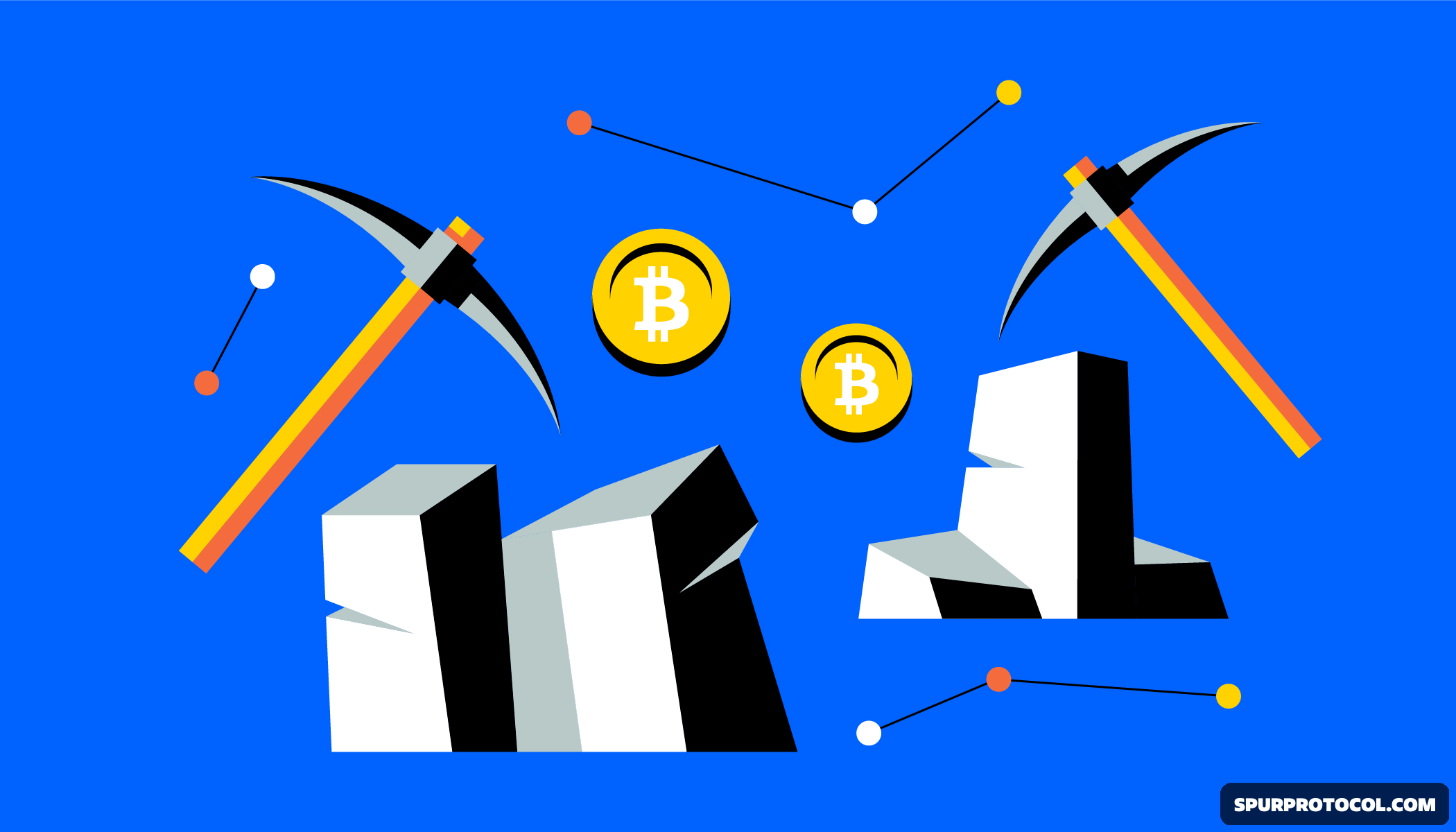Blockchain technology is built on transparency and trust, yet even within such a system, there are ways bad actors can exploit it for personal gain. One of the lesser-known but serious threats to blockchain integrity is miner block manipulation. This happens when miners, who are responsible for confirming transactions and securing the network, use their power to alter or reorder blocks in a way that benefits them financially.
Let’s break down what this means, how it happens, and why it matters.
What Miner Block Manipulation Means
Every blockchain runs on a system of miners or validators who group transactions into blocks and add them to the chain. Normally, this process follows strict rules, the first miner to solve a complex cryptographic puzzle earns the right to create the next block, and the rest of the network verifies it.
However, when a miner manipulates a block, they are essentially abusing their temporary control over block creation. This manipulation can involve reordering transactions, withholding blocks, or even inserting their own transactionsto gain a financial advantage.
This doesn’t mean they can rewrite history or steal funds directly, but they can influence transaction order to exploit market opportunities.
How Miners Manipulate Blocks
Miner block manipulation takes a few main forms:
☆. Transaction Reordering:
A miner might see a profitable transaction (like an arbitrage or large trade) in the mempool and reorder transactions to benefit themselves, a practice known as MEV (Maximal Extractable Value).
☆. Front-running and Back-running:
Similar to what happens in traditional trading, miners can insert their own transactions before or after others to profit from price movements or token swaps.
☆. Block Withholding:
Some miners may deliberately delay submitting a valid block to gain an advantage or disrupt the network. For example, they might wait to see the next block before deciding which version benefits them more.
☆. Selfish Mining:
In this case, miners secretly mine blocks and release them strategically to gain control of the blockchain’s direction or increase their share of rewards.
■ Why It Matters
While these manipulations don’t break the blockchain itself, they undermine fairness and can reduce trust in decentralized systems. When large miners consistently reorder transactions or front-run trades, ordinary users and smaller traders end up losing money or facing higher transaction costs.
In decentralized finance (DeFi), this can also affect token prices, liquidity pools, and even arbitrage opportunities, giving an unfair edge to miners or bots with more computing power.
☆ Efforts to Prevent Miner Manipulation
The blockchain community is aware of this issue and is actively developing solutions. Some of these include:
Encrypted transaction pools, which hide transaction details until after they’re mined.
☆ Fair ordering protocols, designed to make transaction inclusion more transparent.
☆ Layer 2 solutions, such as rollups, which move transactions off the main chain to avoid miner interference.
☆ Proof-of-Stake systems, where validators are randomly chosen, making manipulation less likely than in traditional mining systems.
These solutions aim to restore fairness and ensure that no single participant can exploit their position for extra profit.
As the crypto space evolves, understanding issues like miner manipulation helps users appreciate the balance between technology, incentives, and human behavior that drives blockchain ecosystems.
The ultimate goal remains the same, a fair, transparent, and secure digital economy where every participant plays by the same rules.
